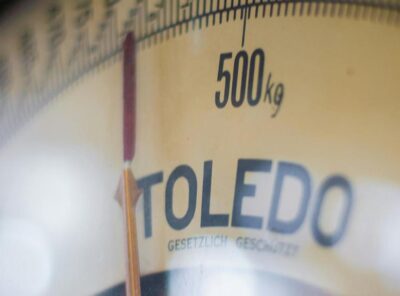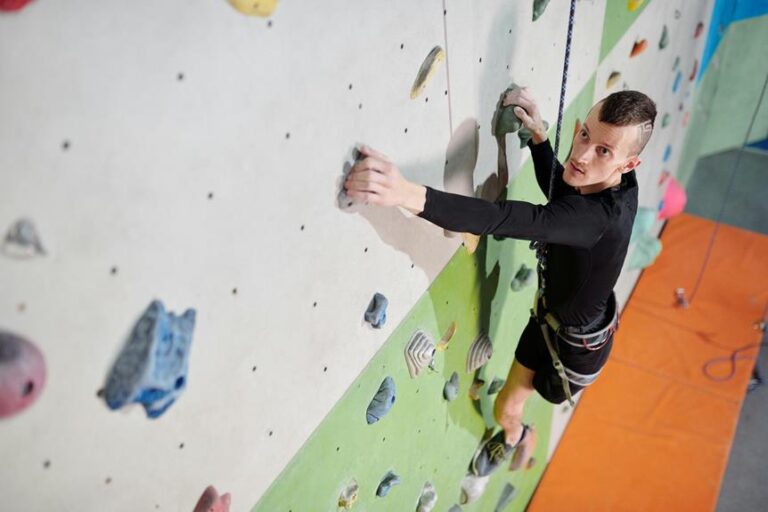Why Use Various Vertical Leap Testing Methods?
To enhance your athletic performance and fine-tune your training programs effectively, it is crucial to utilize various vertical leap testing methods. These methods help you identify your strengths, weaknesses, and areas needing improvement efficiently.
By incorporating different testing techniques, you can gain a thorough view of your athleticism and explosiveness, tailor your training regimen for enhancements, and optimize your overall athletic potential.
Embracing diverse vertical jump tests allows for a more precise understanding of your lower body power development, aiding in setting achievable goals and guiding you towards improved performance in sports and other physical activities.
Key Takeaways
- Gain insights into overall athleticism and explosiveness.
- Identify specific strengths and weaknesses in jump mechanics.
- Tailor training programs for individual enhancements.
- Enhance knowledge of power and explosiveness levels.
- Optimize athletic performance effectively.
Importance of Vertical Leap Testing Methods
Vertical leap testing methods play a crucial role in evaluating and enhancing your lower body strength and explosiveness. Through vertical jump testing, you can pinpoint specific areas of power and athleticism, allowing for an in-depth analysis of your vertical leap performance.
By incorporating various testing techniques, coaches and trainers can identify both strengths and weaknesses in your jumping ability. This holistic approach to evaluating your vertical jump not only helps in understanding your current capabilities but also enables targeted improvement strategies.
Utilizing a combination of testing methods provides a well-rounded view of your lower body strength and overall athletic performance, guiding you towards a more effective training regimen tailored to your specific needs and goals.
Benefits of Using Different Testing Techniques
By incorporating a variety of testing techniques, you can gain a thorough understanding of how different aspects of your vertical jump performance contribute to your overall athleticism and explosiveness. Different methods such as the Vertical Jump Test, analyzing Jumping Technique, and evaluating Strength and Conditioning provide a holistic view of your abilities.
Utilizing a combination of these approaches helps in pinpointing strengths and weaknesses in your jump mechanics, enabling you to tailor your training program for targeted enhancements.
These diverse testing methods also allow for a more accurate evaluation of your progress over time, enhancing your knowledge of your power and explosiveness levels.
Embrace the variety in testing techniques to reveal a deeper insight into your vertical jump capabilities and optimize your athletic performance.
| Testing Techniques | Benefits |
|---|---|
| Vertical Jump Test | Assesses overall jump height and power |
| Jumping Technique | Evaluates form and efficiency in jump mechanics |
| Strength and Conditioning | Identifies areas for improvement in physical abilities |
Insights for Coaches and Athletes
To gain valuable insights for optimizing athletic performance, coaches and athletes can leverage the diverse range of testing methods available to assess jumping abilities and potential.
Here are three key benefits of utilizing various vertical jump tests:
- Identifying Strengths and Weaknesses: Different testing methods help pinpoint specific areas of lower body power where athletes excel or need improvement.
- Comprehensive View of Explosiveness: Utilizing multiple tests offers a holistic perspective on an athlete’s explosiveness and overall athletic potential.
- Tailored Training Programs: Incorporating diverse vertical jump tests enables coaches to design more customized and effective training regimens suited to individual needs.
Tracking Athletic Performance Progress
Monitoring progress in athletic performance can be effectively achieved through the consistent tracking of improvements in vertical leap testing methods.
By testing vertical jump height regularly, athletes and coaches gain valuable insights into the development of lower body power and explosiveness.
Tracking athletic performance progress through various testing approaches enables a thorough assessment of an individual’s jumping ability over time. This process not only helps in identifying areas for improvement but also assists in setting realistic and achievable goals for enhancing vertical leap performance.
Utilizing different vertical leap testing methods offers a well-rounded view of an athlete’s progress, allowing for targeted training programs to further enhance their athletic abilities.
| Benefits of Tracking Athletic Performance Progress |
|---|
| Provides insights into lower body power development |
| Aids in setting realistic and achievable goals |
| Identifies areas for improvement |
| Enables a thorough assessment of jumping ability |
Tailoring Effective Training Programs
Tailoring effective training programs based on individual jump testing results optimizes performance gains and enhances overall athletic development. When customizing your training regimen, consider the following:
- Utilize Different Testing Methods: Incorporate various jump tests to gain a thorough understanding of your strengths and weaknesses.
- Identify Areas for Improvement: Analyze the results to pinpoint muscle imbalances and target specific aspects of your jump performance.
- Personalize Training Protocols: Tailor your workouts based on the data gathered from diverse vertical leap tests to maximize your athletic development.
Optimizing Performance in Sports
Enhancing sports performance through strategic optimization techniques fosters significant athletic growth and competitive edge. When it comes to optimizing performance in sports, understanding the nuances of different vertical jump testing procedures is key.
Athletes must engage in various testing methods to identify strengths and weaknesses accurately. By utilizing a combination of testing techniques, coaches and trainers can create tailored training programs that specifically target areas for improvement in vertical jumps.
This all-encompassing approach guarantees a well-rounded evaluation of an athlete’s lower body power and explosiveness, leading to enhanced athletic performance.
Below is a table outlining different vertical leap testing methods:
| Testing Method | Description |
|---|---|
| Vertical Jump Test | Measures how high an athlete can jump vertically. |
| Standing Reach Test | Determines the athlete’s standing reach height. |
| Drop Jump Test | Assesses an athlete’s reactive strength and power. |
| Depth Jump Test | Evaluates an athlete’s ability to produce power quickly. |
Enhancing Explosive Power Abilities
To advance your athletic prowess and maximize explosive power abilities, understanding the intricacies of vertical leap testing methods is crucial.
When it comes to enhancing explosive power, incorporating various testing methods can make a significant difference in your training regimen. Here are three key points to ponder:
- Different testing methods target specific components of explosive power, such as reactive strength and rate of force development.
- Utilizing a variety of testing protocols allows for a thorough assessment of your power profile, helping to identify strengths and areas for improvement.
- By diversifying vertical leap tests, you can track progress over time, tailor your training programs, and reveal hidden potential for prime power development.
Understanding Individual Jumping Ability
Individuals can gain valuable insights into their jumping ability by utilizing various vertical jump testing methods. These methods cater to different needs and preferences, allowing for a thorough evaluation of your explosive power and lower body strength.
By incorporating a range of testing techniques, you can get a detailed understanding of your vertical jumping performance. This information is essential in identifying your strengths and weaknesses, helping you tailor your training programs effectively.
Utilizing multiple testing methods not only tracks your progress more accurately but also adds versatility to your training regimen, enhancing your overall athletic development.
Maximizing Athletic Potential
Maximize your athletic potential by leveraging different vertical leap testing methods to fine-tune your training approach and elevate your performance level.
Identify areas for improvement in explosive power and jumping ability.
Tailor training programs to optimize lower body power.
Achieve a more accurate assessment of your overall athletic potential by combining various testing methods.
Frequently Asked Questions
Why Is Vertical Jump Assessment Important?
Vertical jump assessment is vital for evaluating lower body power and explosiveness in athletes. It helps identify muscle strength imbalances, monitor progress, assess talent, and design specific training programs. Regular assessments are essential for optimizing athletic performance.
What Is the Vertical Leap a Good Evaluation Of?
The vertical leap is a good measure of lower body power and explosiveness. It aids in gauging your capability to generate force quickly and can pinpoint muscle strength imbalances. Tracking progress can indicate athletic performance enhancements.
What Is the Most Accurate Way to Measure Vertical Jump?
The most accurate way to measure your vertical jump is with force plates. They give precise data on jump performance, capturing key metrics like height, power, force, velocity, and impulse. Improve your testing quality!
What Are the Advantages and Disadvantages of the Vertical Jump Test?
Evaluating lower body power and explosiveness, the vertical jump test helps gauge athletic performance and muscle imbalances. It monitors training progress but may not fully reflect overall ability. Precise results require proper technique and consistent testing procedures.
Conclusion
In summary, utilizing various vertical leap testing methods is essential for accurately evaluating athletic performance and tailoring effective training programs.
While some may argue that sticking to one testing technique is sufficient, incorporating different methods offers a more thorough understanding of an athlete’s capabilities and allows for targeted improvements.
By diversifying testing approaches, coaches and athletes can optimize performance, enhance explosive power, and maximize athletic potential to reach new heights in sports.














